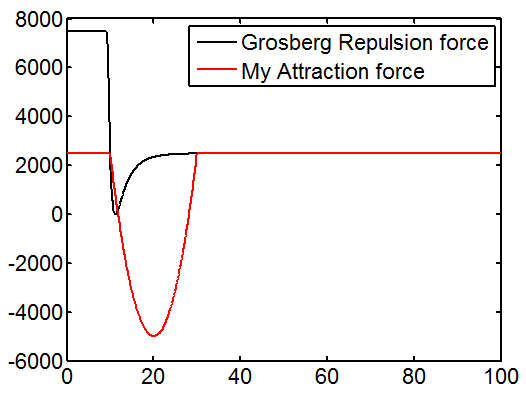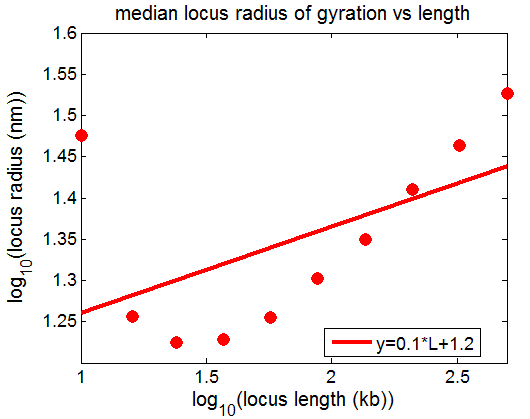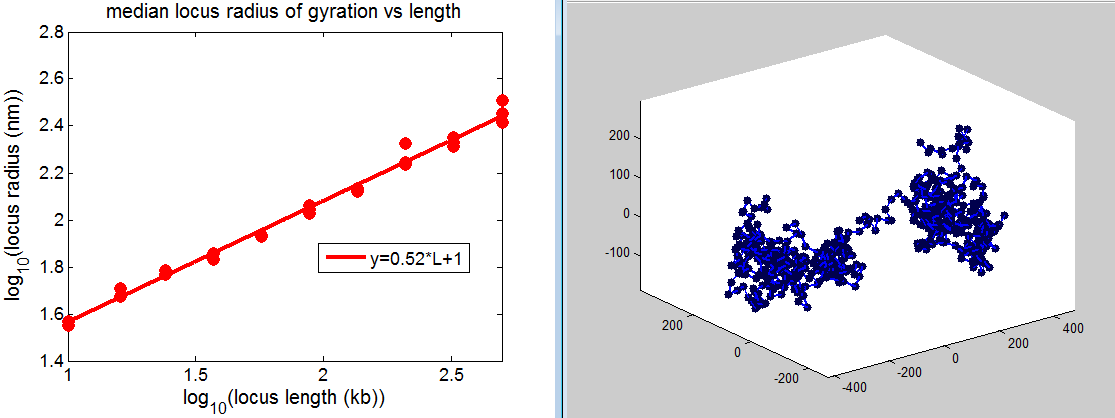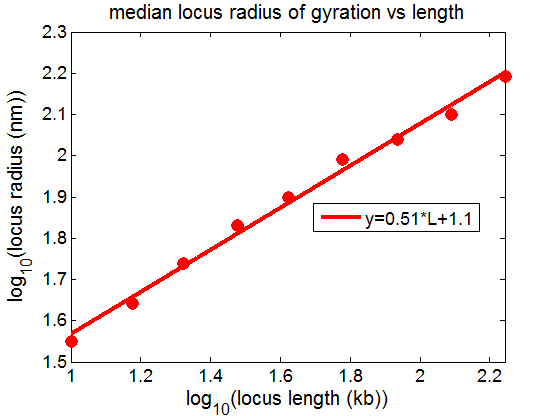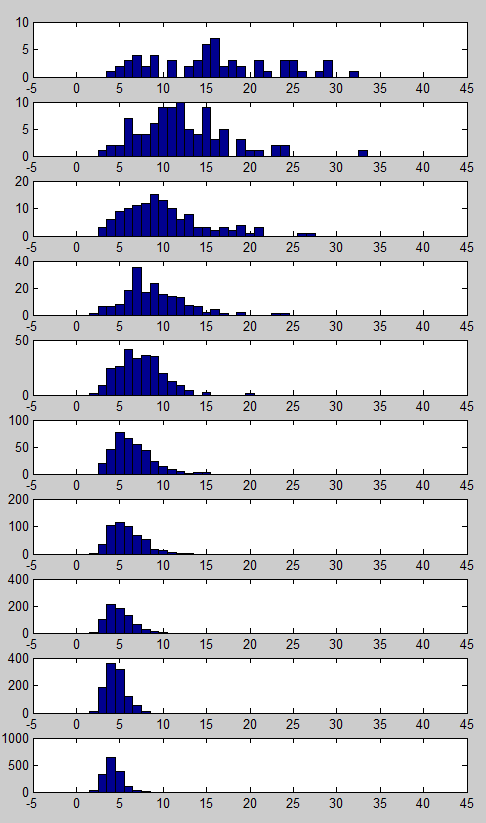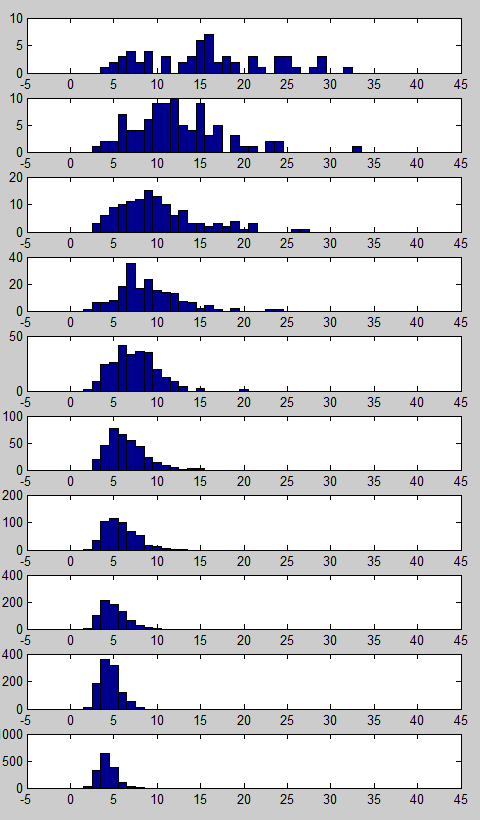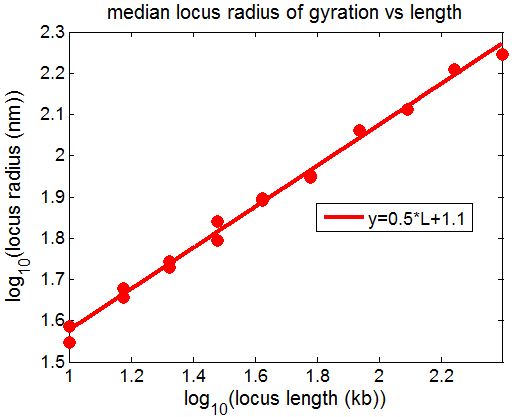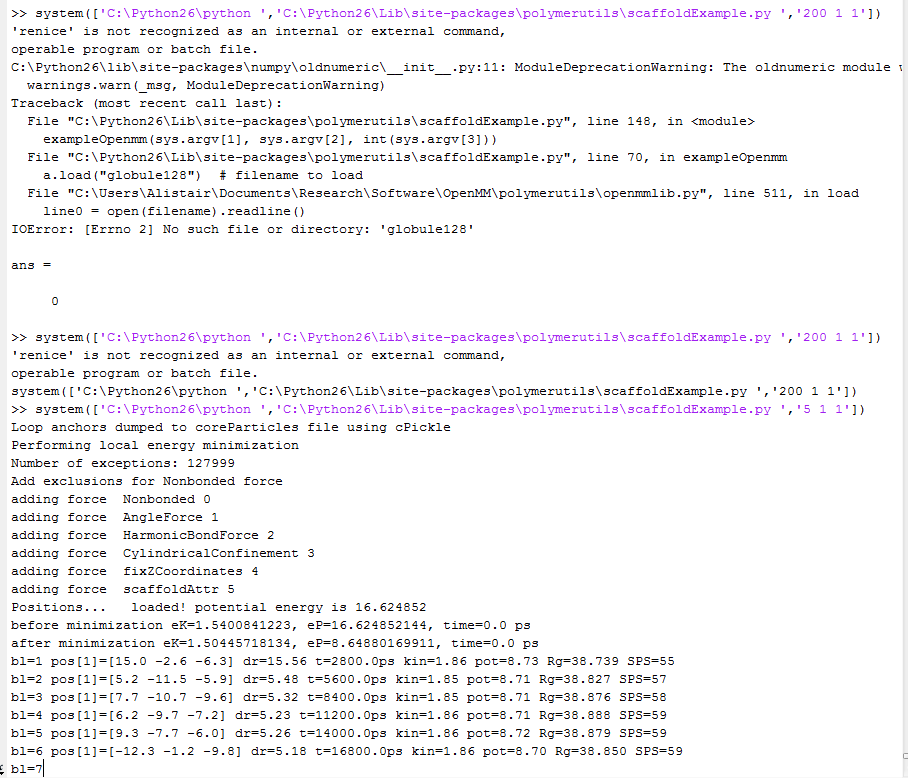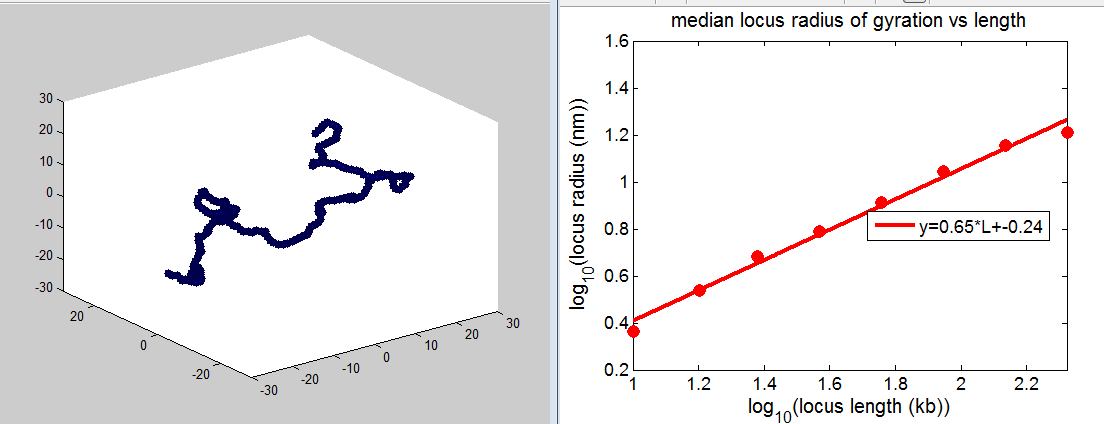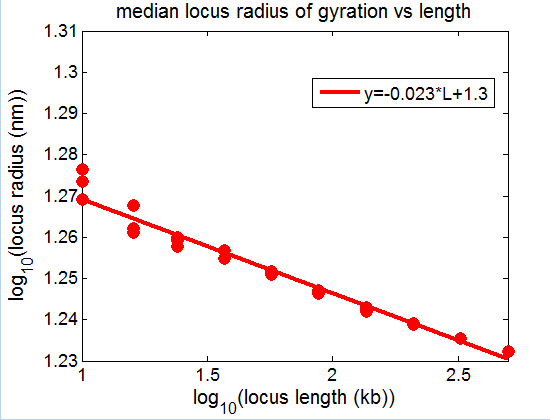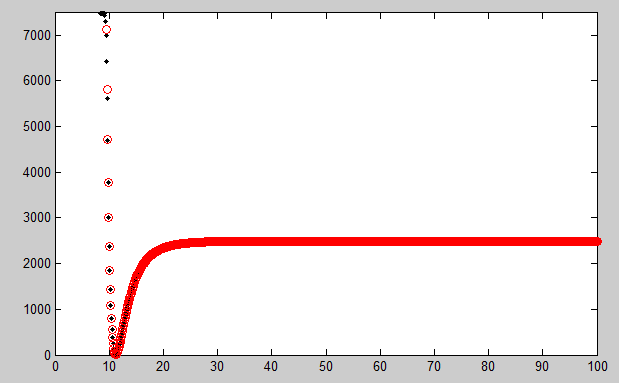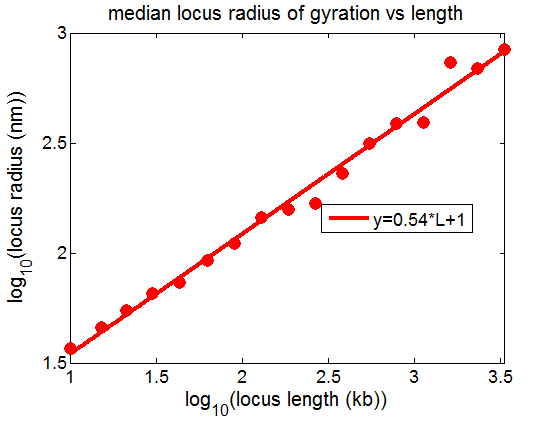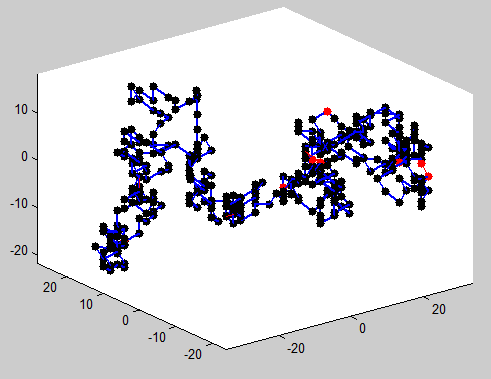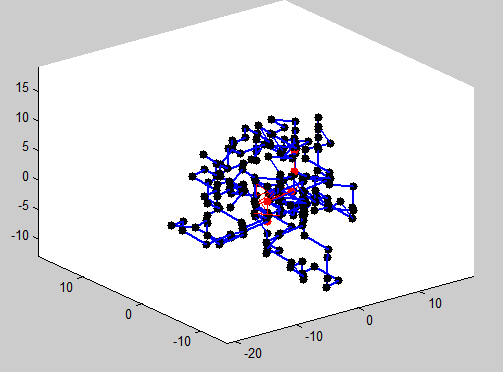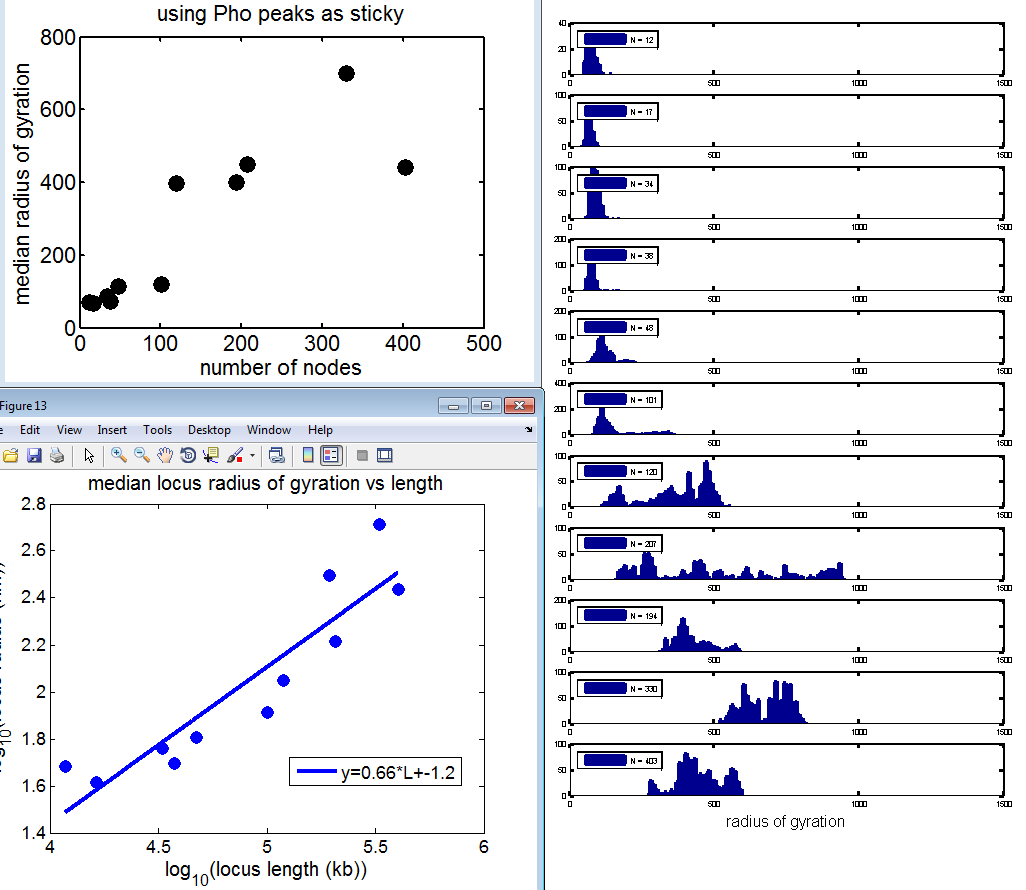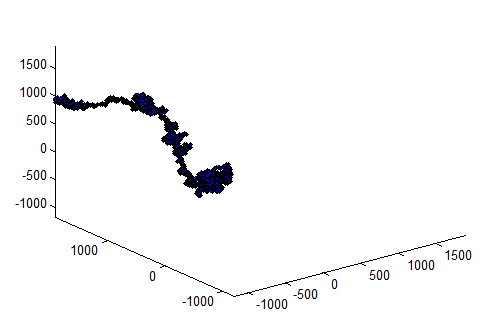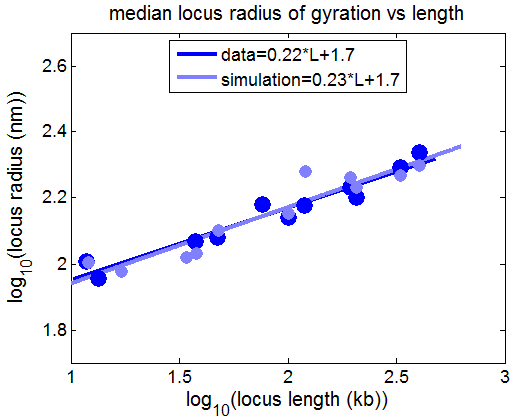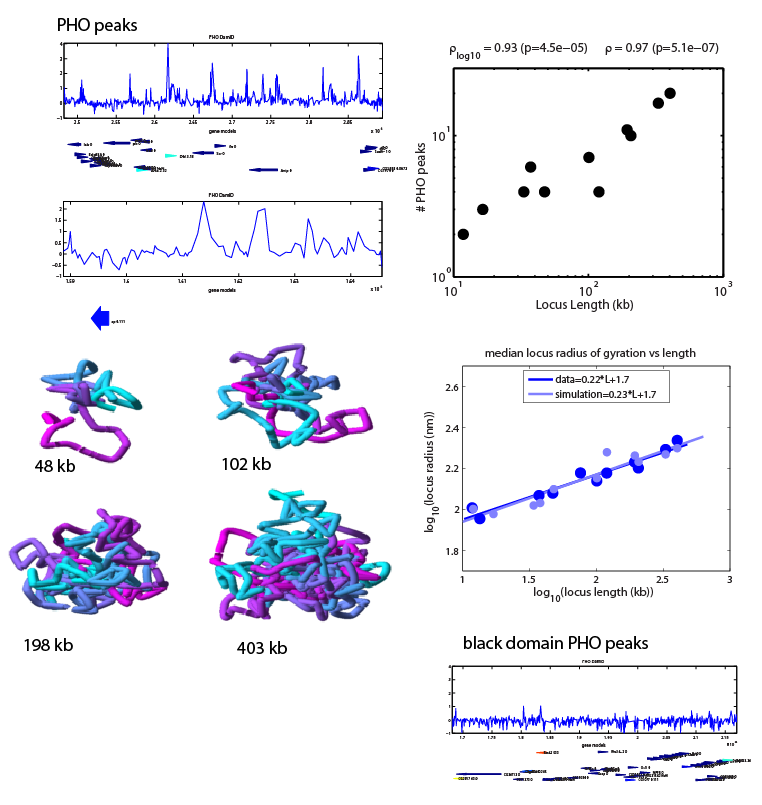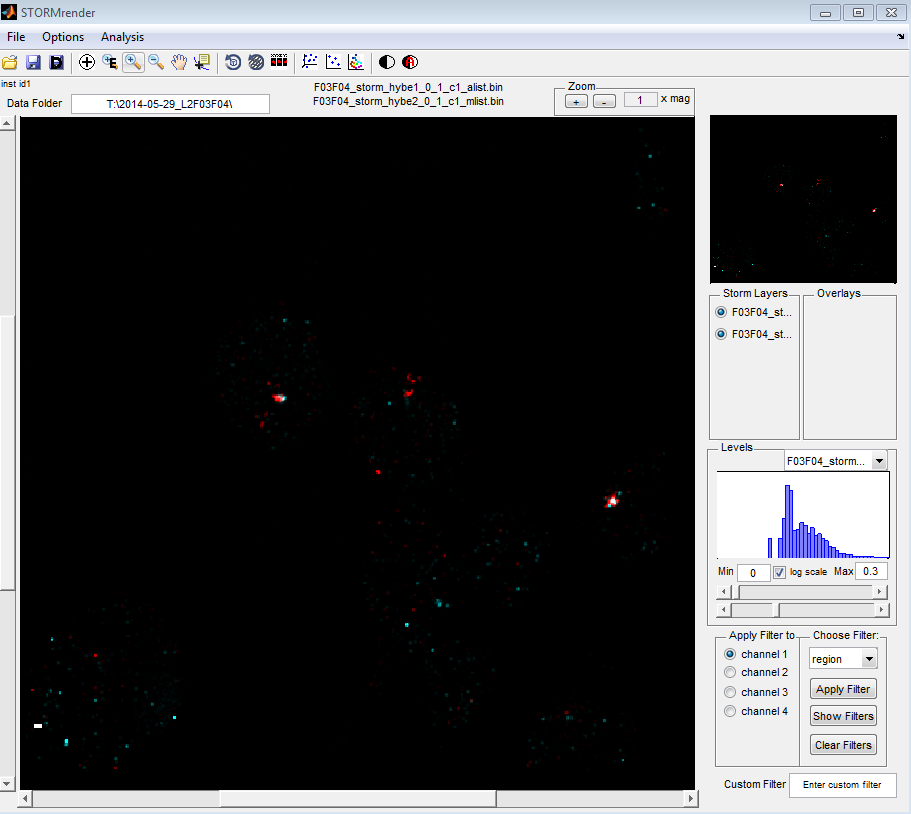Welcome to my lab notebook
Welcome to my lab notebook. This is not a blog, which is written primarily to communicate information to other people, it is a lab notebook, which is written for me to make notes about the work I do in lab.
Why a wordpress site?
This notebook is built using the popular web software WordPress. This has built in a few properties that are very convenient in a lab notebook:
- Text searchable.
- Intelligent browsing.
- Re-organize by date, Project category, or tag.
- See those nifty calendars, categories, and word-clouds on the right.
- Cross-reference hyperlinks.
- links to protocols, previous days work, git commits, scientific papers etc
- Digital cut and paste
- Easier to add gel photos, microscopy images, simulation results with screen capture rather than real print.
- Backed up copies, accessible from anywhere.
- If the lab burns down at least my notebook will be untouched.
Why (mostly) Open?
I believe lot of science never makes it past the notebook — at least that’s certainly true in my own work. Interesting observations that I never had the time to follow up properly; experiments and results that never made enough sense or amounted to a complete story; projects that got dropped because a different project was more exciting to me. Not to mention tons of data and experiments closely related to my published work that didn’t win a place in the main text or supplemental material that we published, or the real chronology in which we did those experiments.
Some of this stuff may still be useful though to a broader community. Whether you’re wondering what mid-stage development Drosophila embryos look in the absences of the SCM protein or perhaps could use some notes on setting up Windows Server 2012 as a lab server or were working out the crosses to make E(spl), sim double mutants — it might save you time to find notes of how other scientists have worked out these things. Maybe you have a faster set of crosses or a different SCM knockout phenotype — please leave a comment.
Finally large sections of the notebook are not open but are instead protected by passwords or kept completely private. These largely involve data that is relevant to my collaborative projects. Several of my own findings are also protected — such as hits from a gene-knockout screen that involved for me a lot of tedious screening, where that little list of hits would allow competitor groups to catch up on years of work in a few days experimenting on just that list.
Some bells and whistles
Protocol Management: All my protocols are version managed through Github. (See my protocols page). References to protocols within daily research entries I link to the version of the protocol as it stood on that day. The protocols page links to whatever the most recent version of the protocol is. And through github I can easily pull up diff files to compare what changed in a protocol between when I ran it five months ago and today.
Inspiration
Much of my inspiration for an Open, electronic lab notebook comes from my brother, Carl Boettiger. His philosophy and approach to Open Notebooks are elegantly described in his own Notebook.

